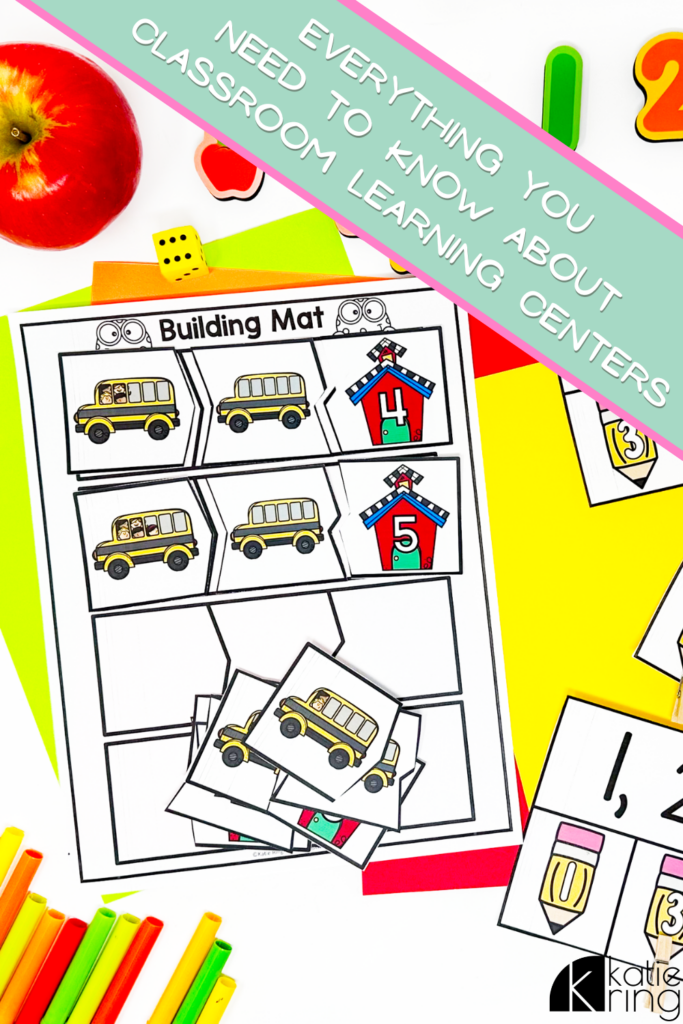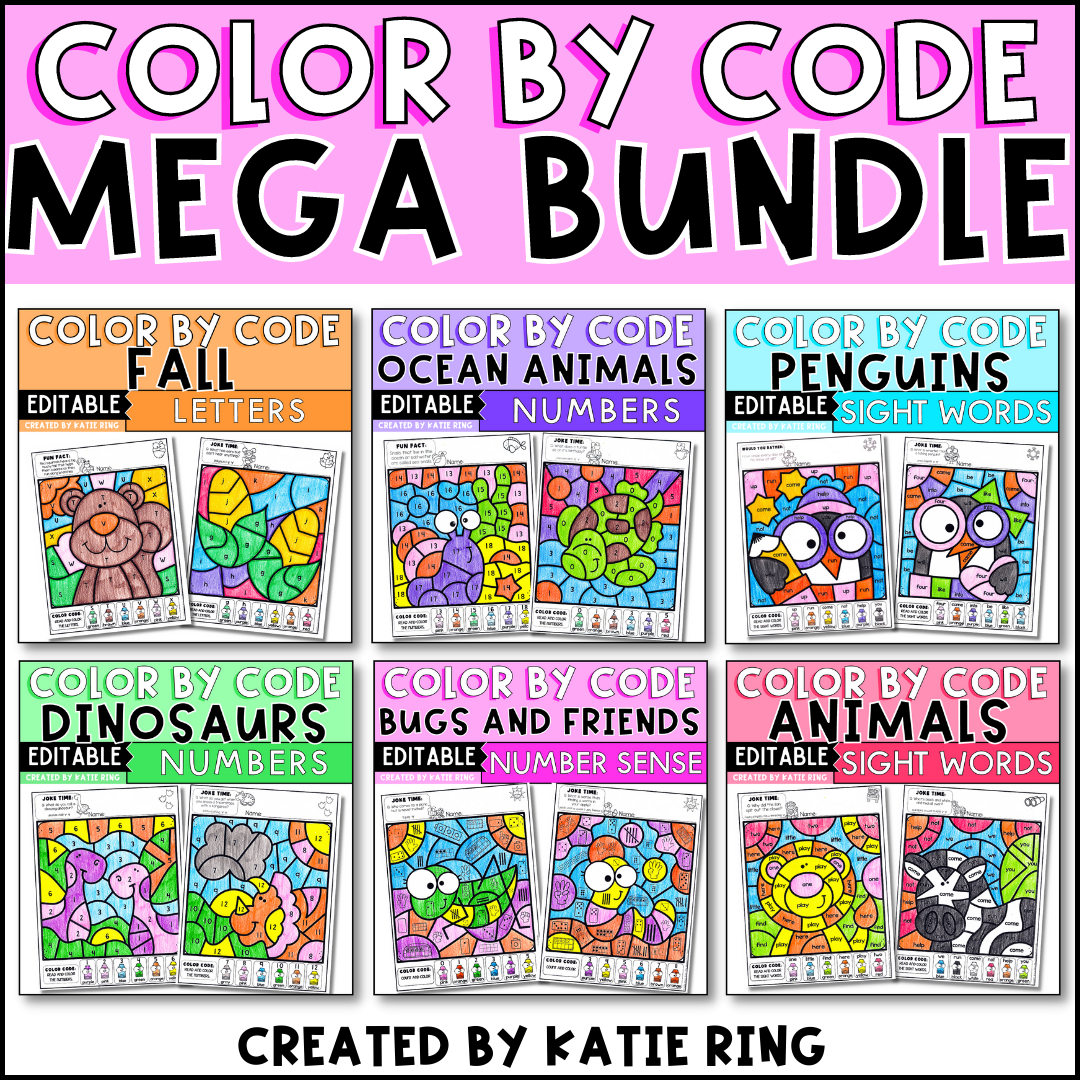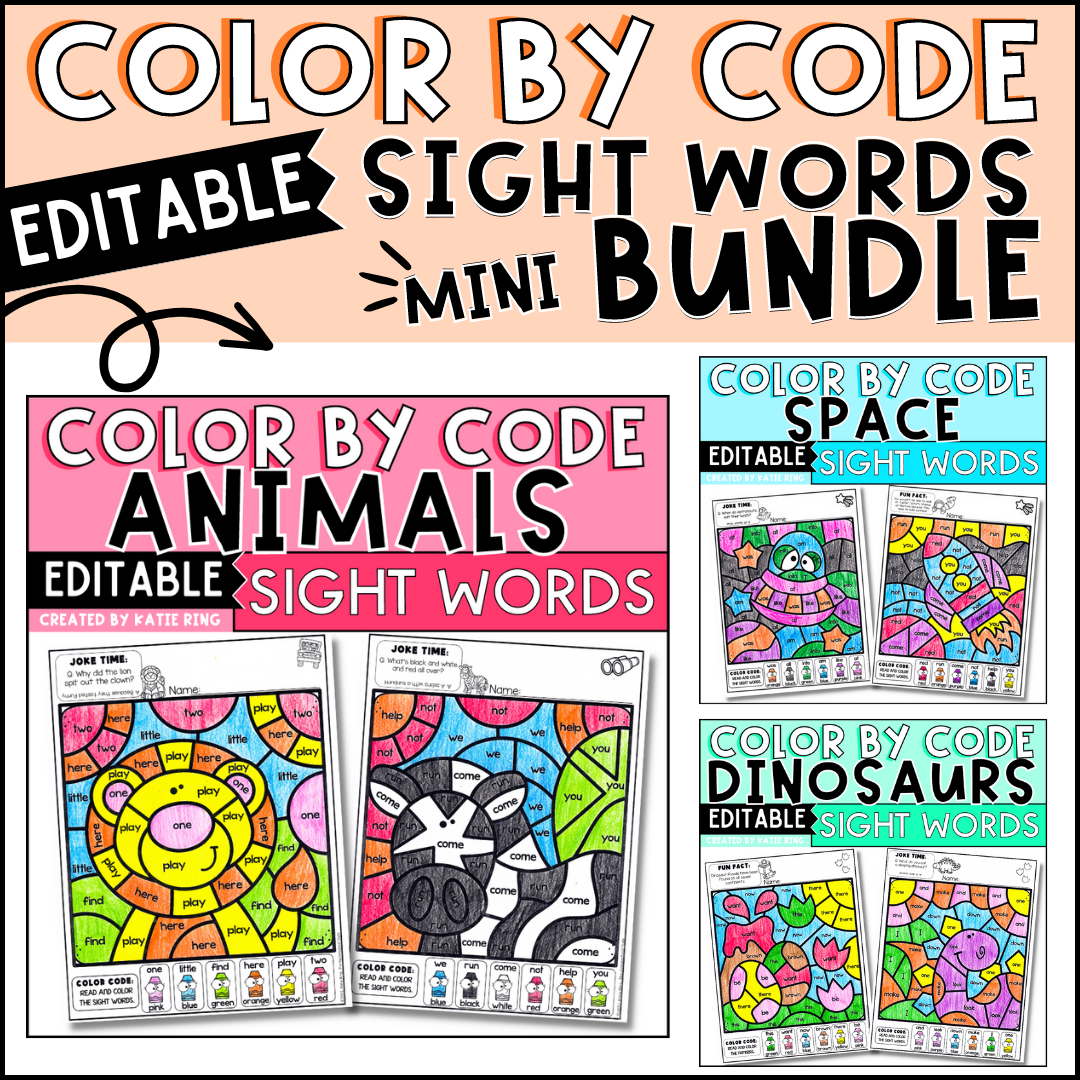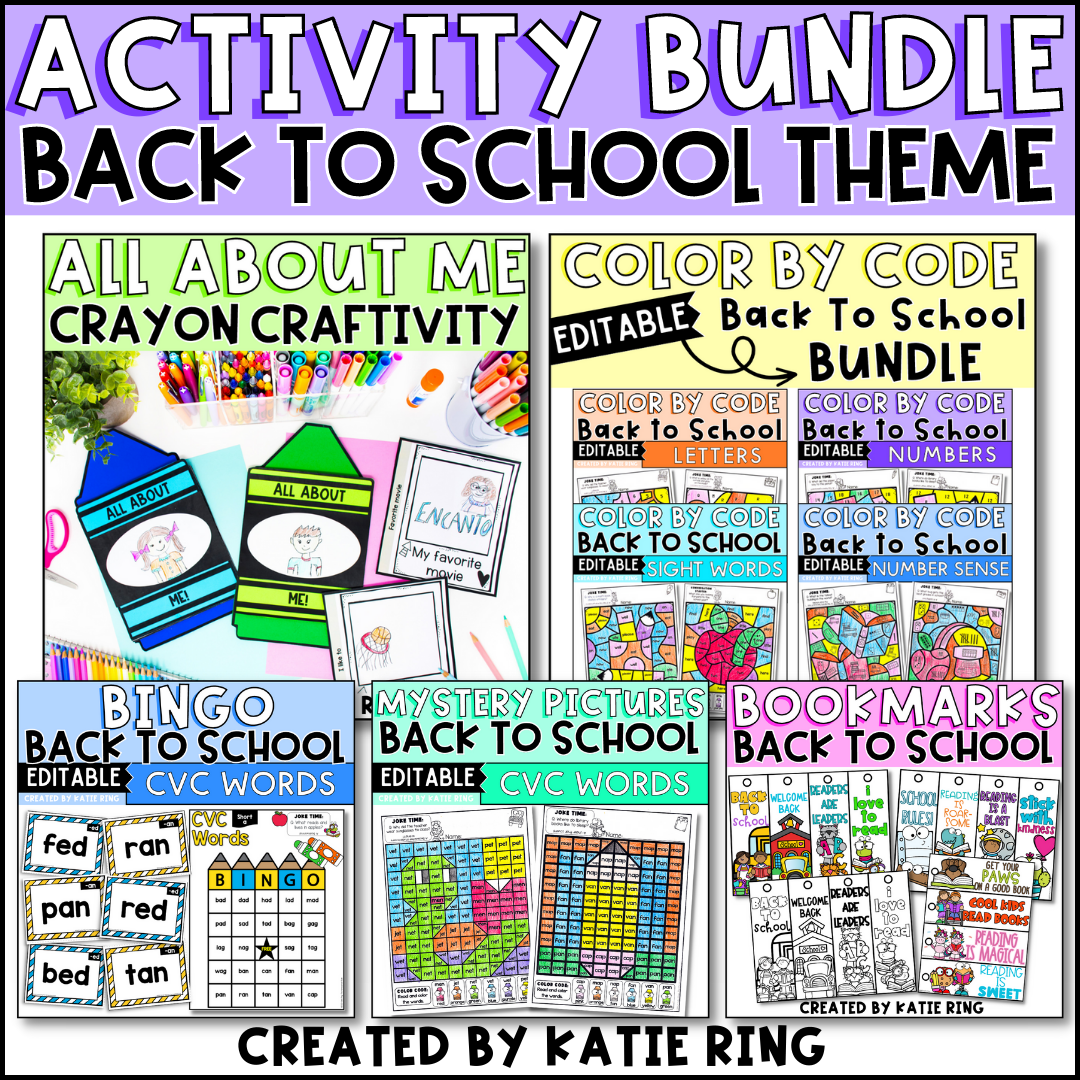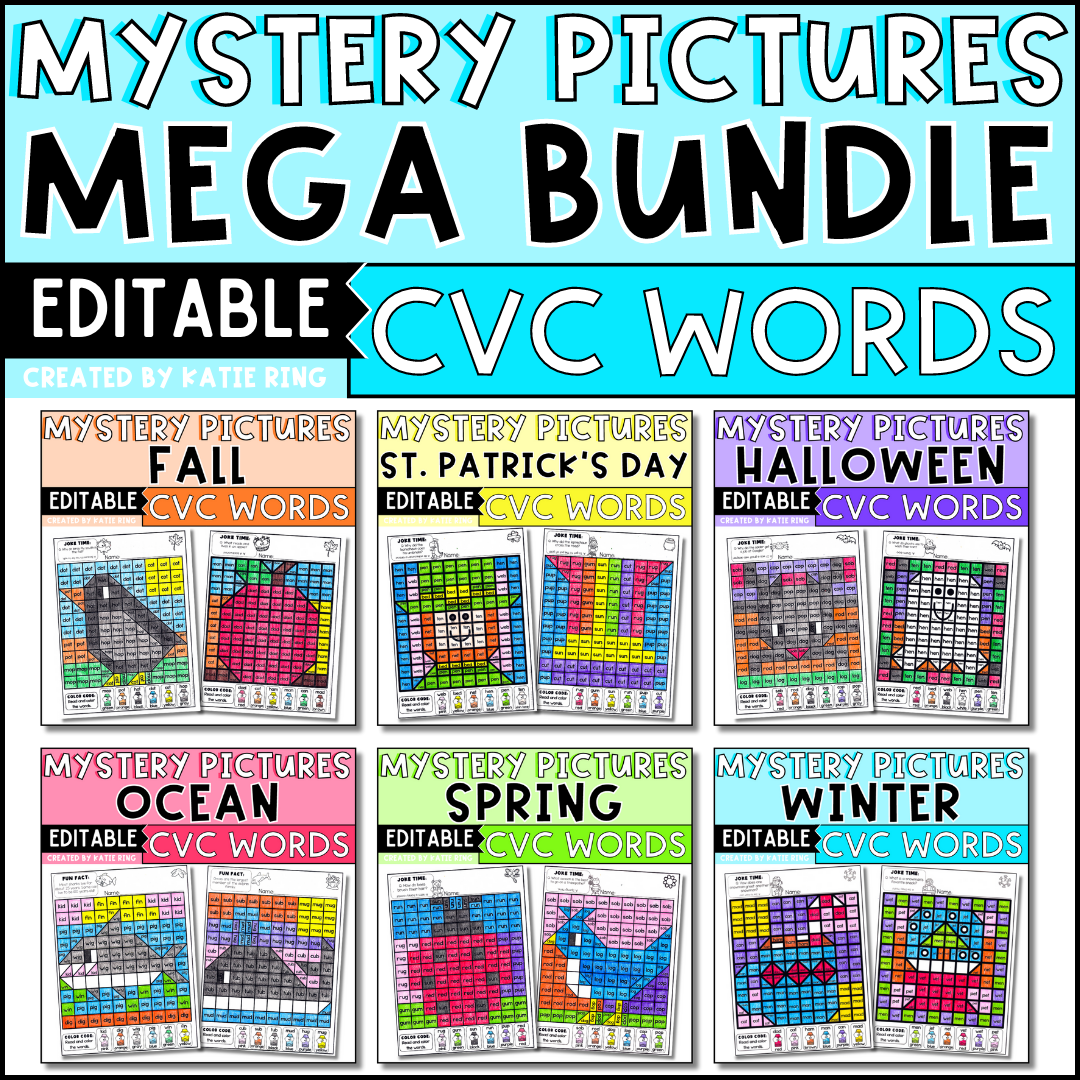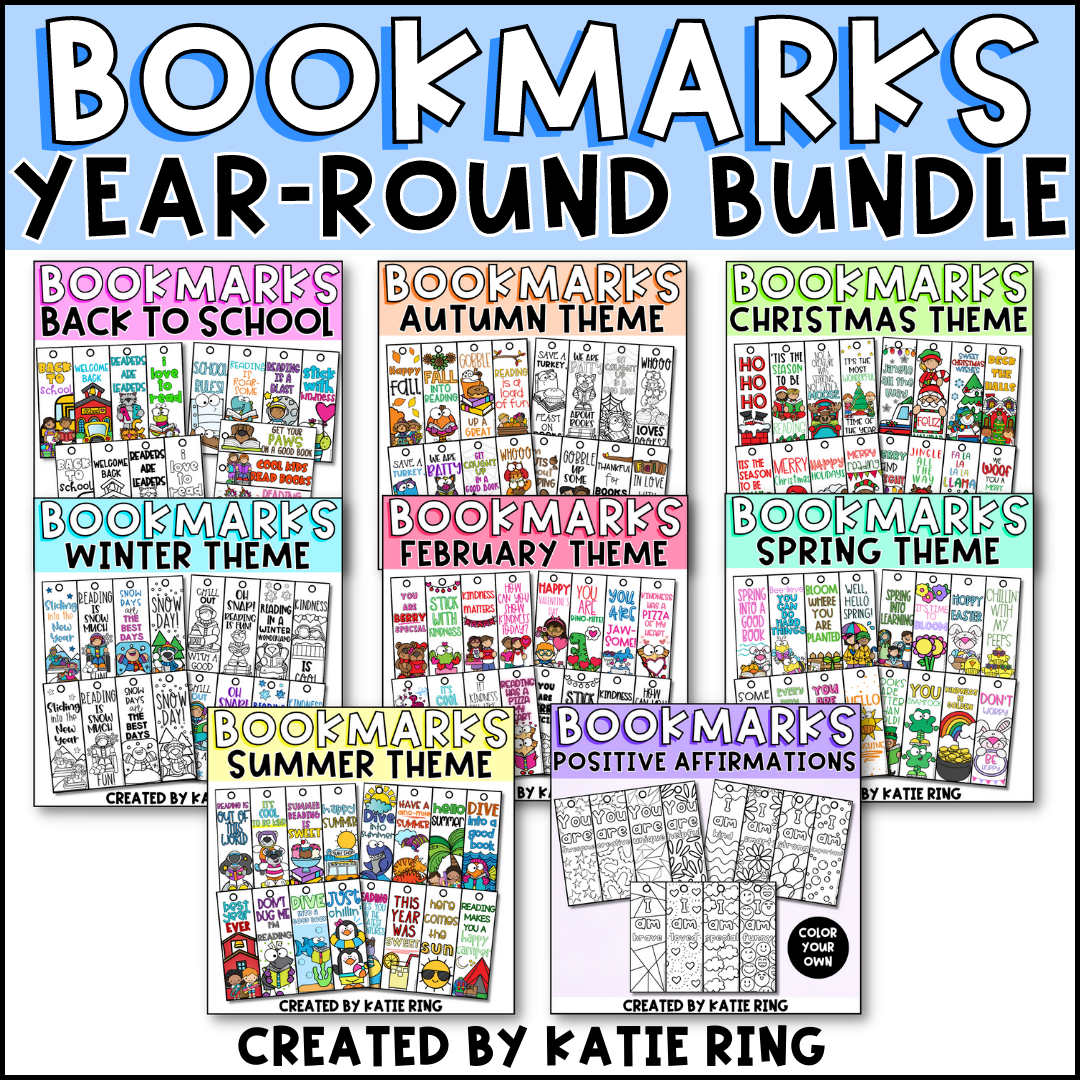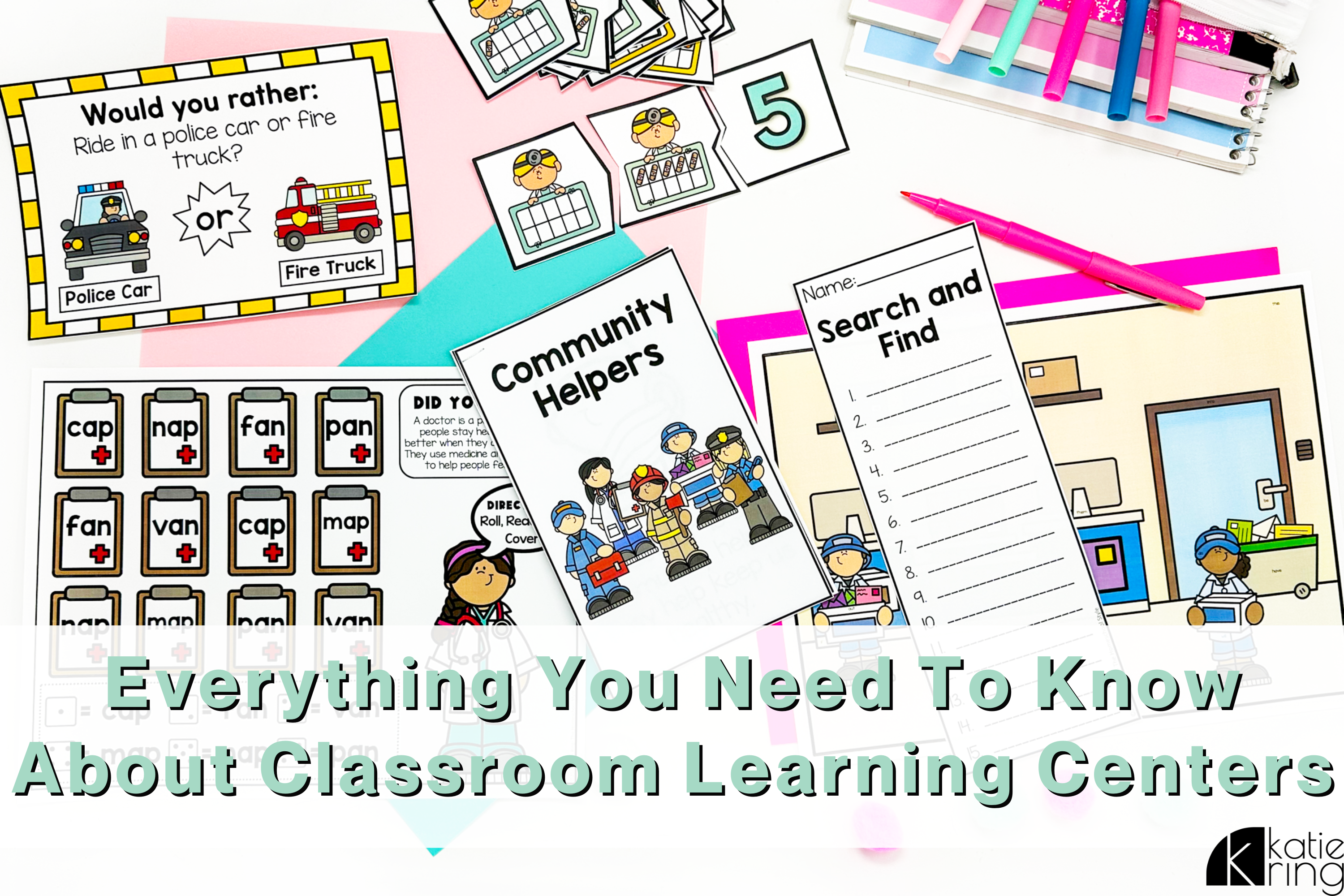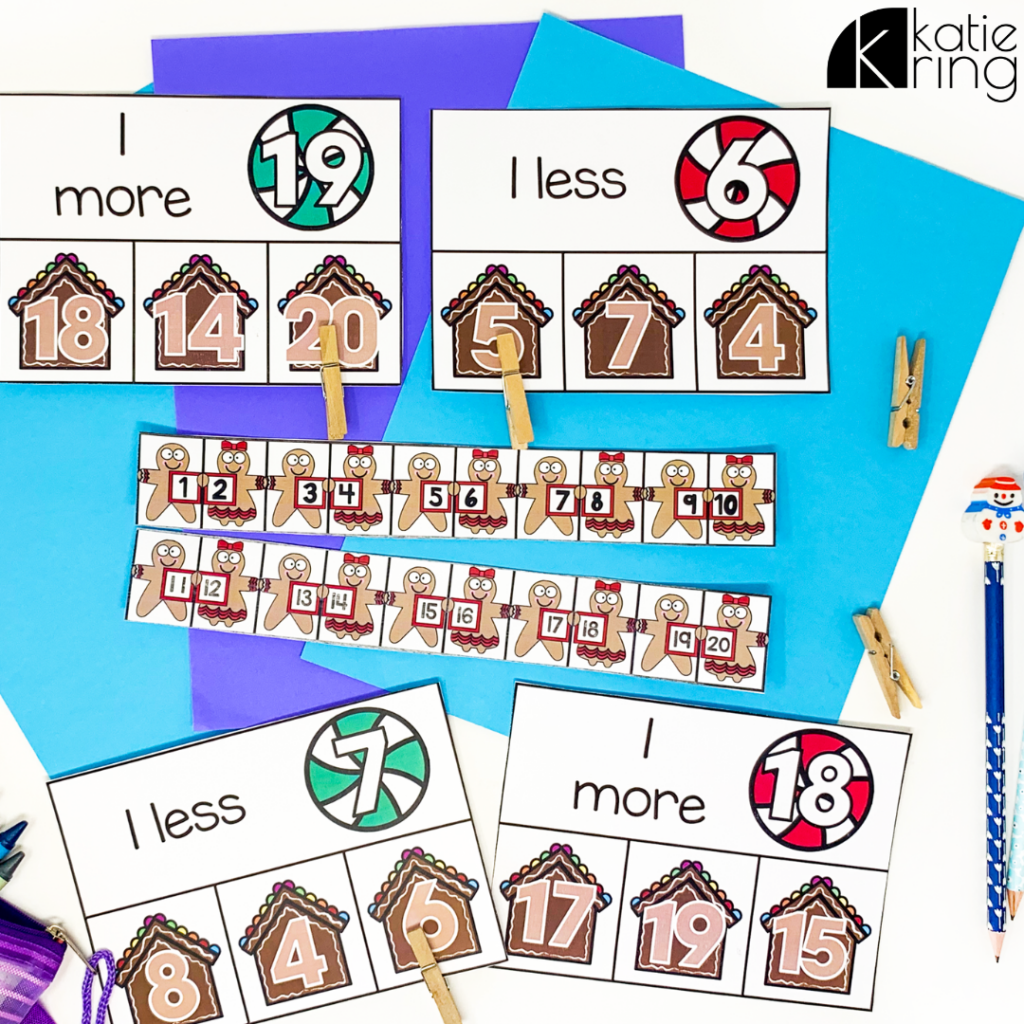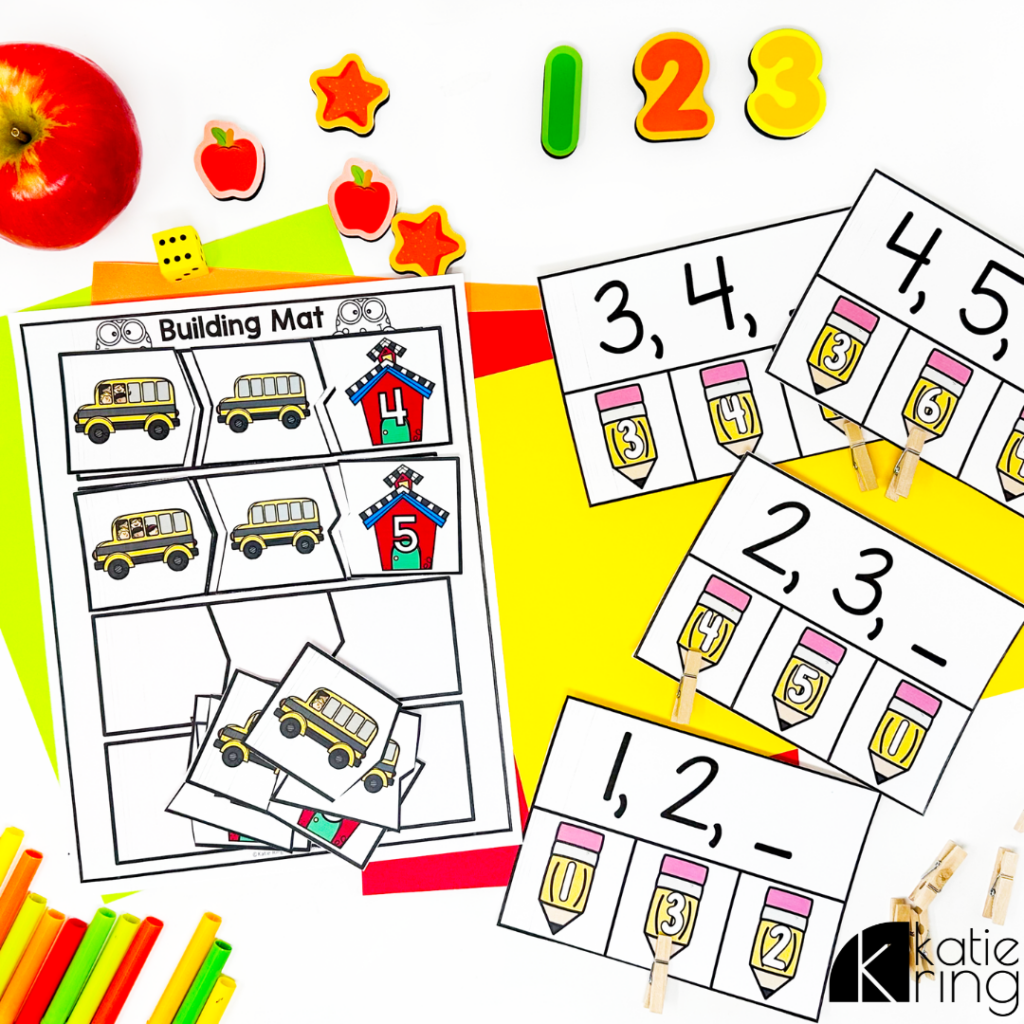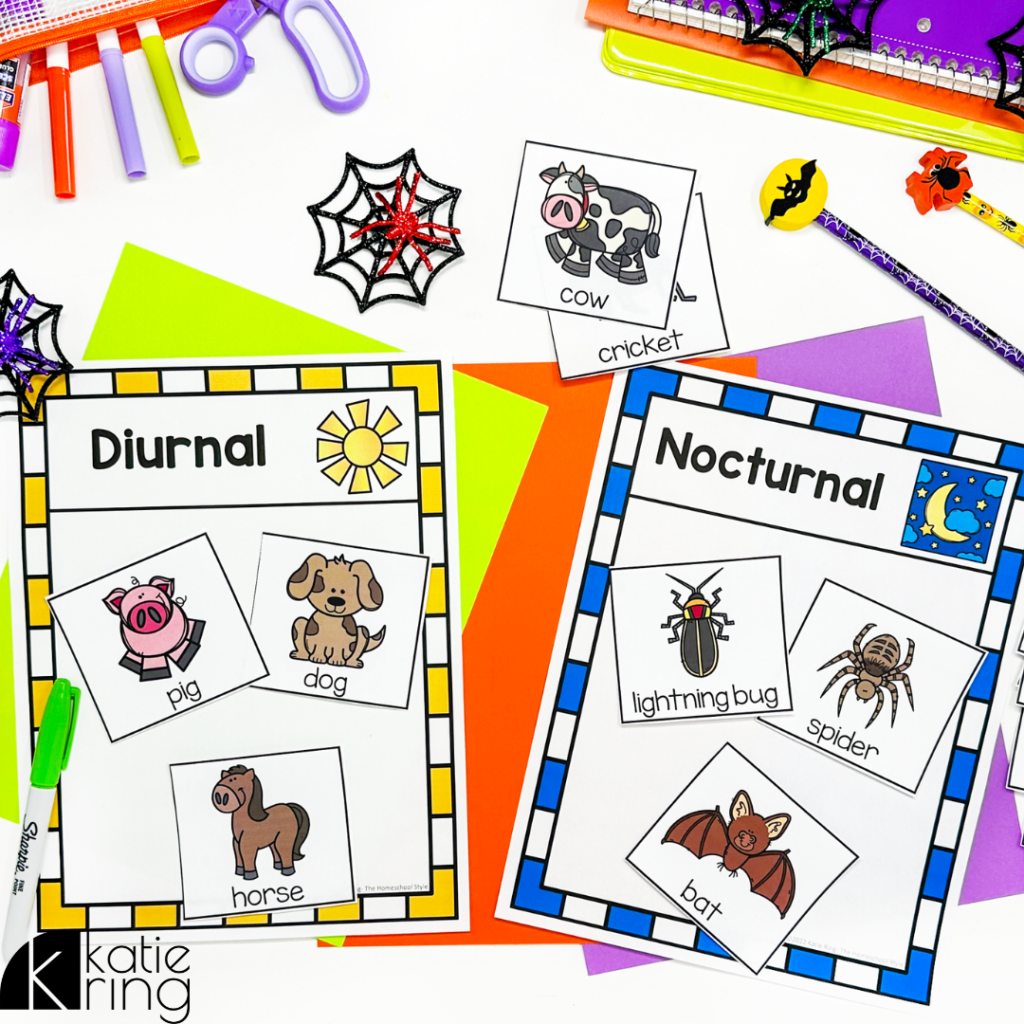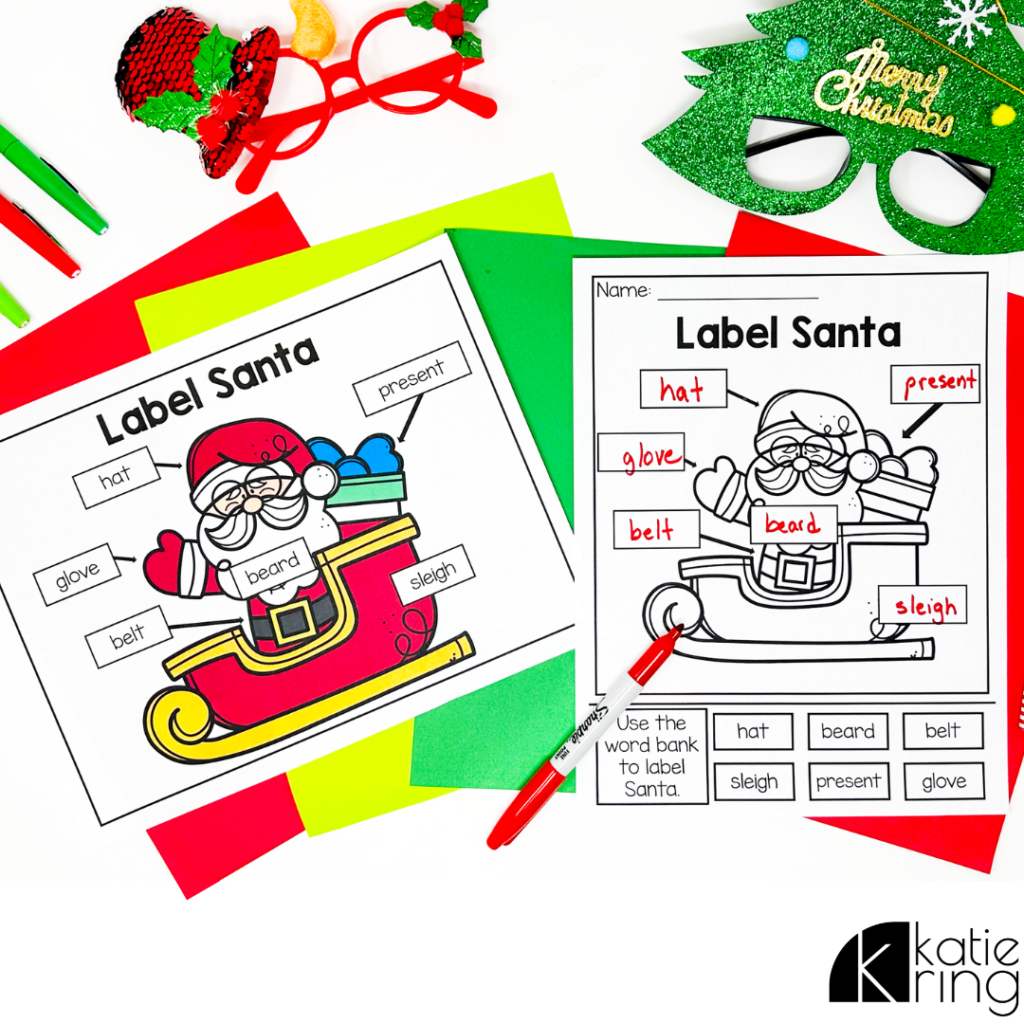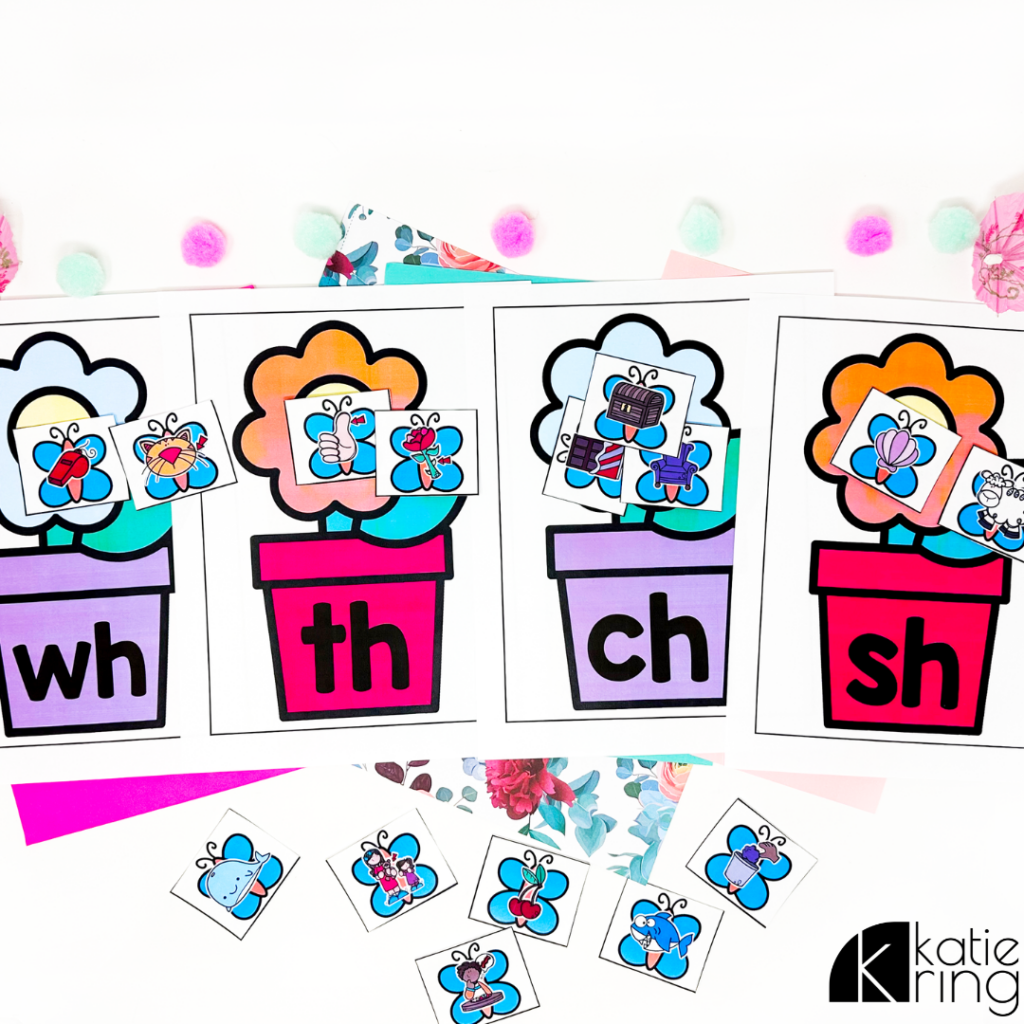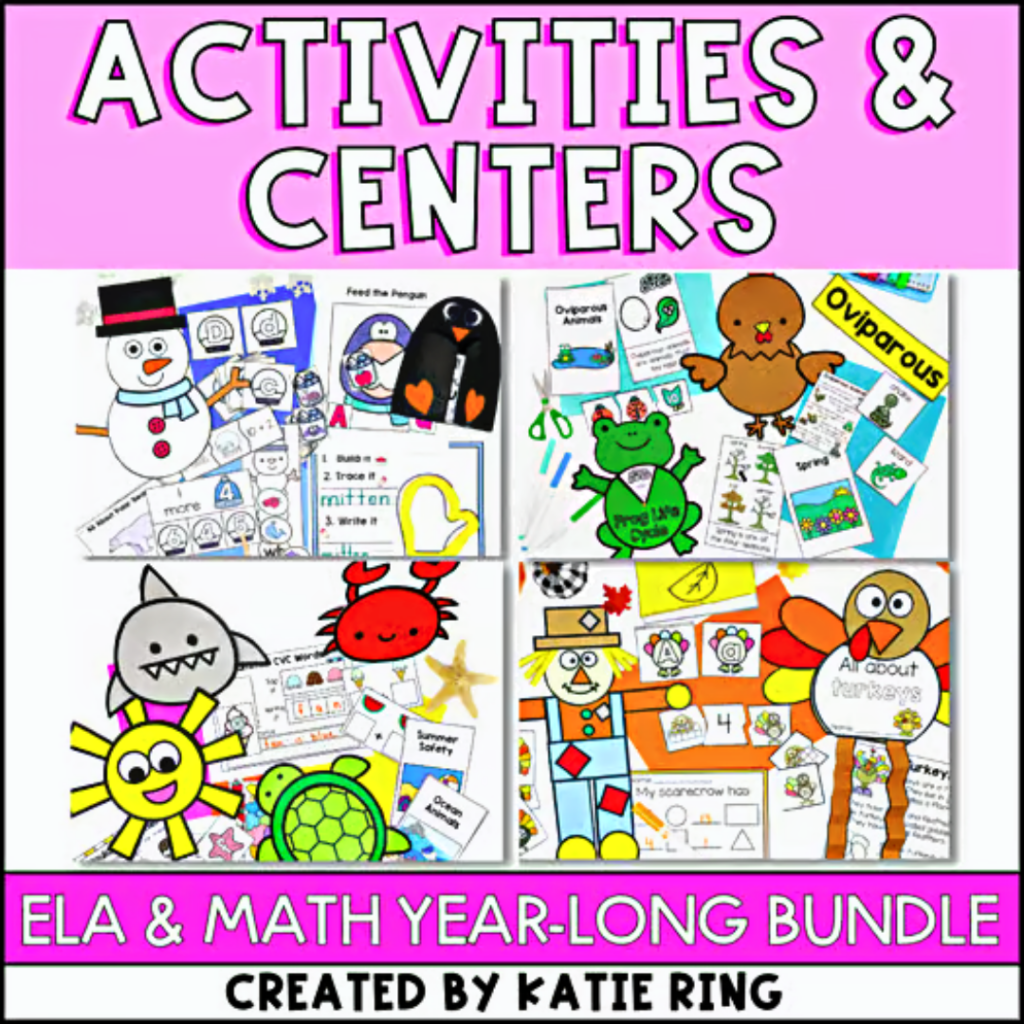What are classroom learning centers and why do I need them? If you’re a homeschooling family or a primary teacher you might have wondered this at some point. If you’re new to centers, never fear! I’m going to break down everything you need to know about classroom learning centers and how to get started!
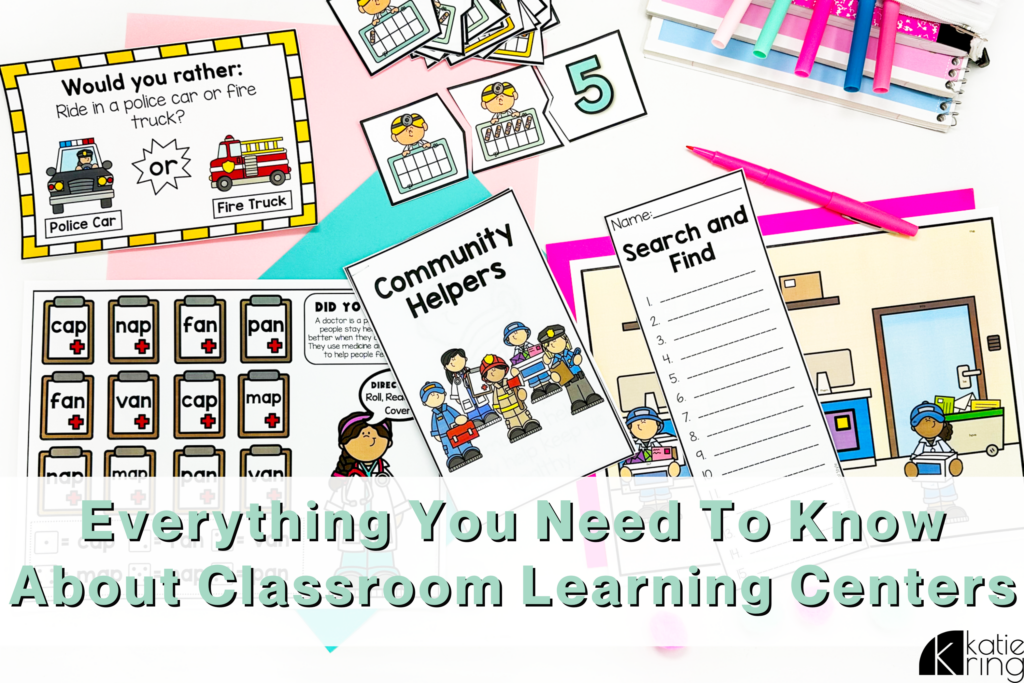
What are Classroom Learning Centers?
Classroom learning centers can mean one of two things… In the traditional classroom sense, they refer to dedicated spaces in your room where children will focus on a specific subject such as writing or math. These areas are usually stocked with supplies for that subject. When it comes to homeschooling or classrooms with limited space, centers can simply refer to a time of day when students will break up into groups or work independently on a particular subject.
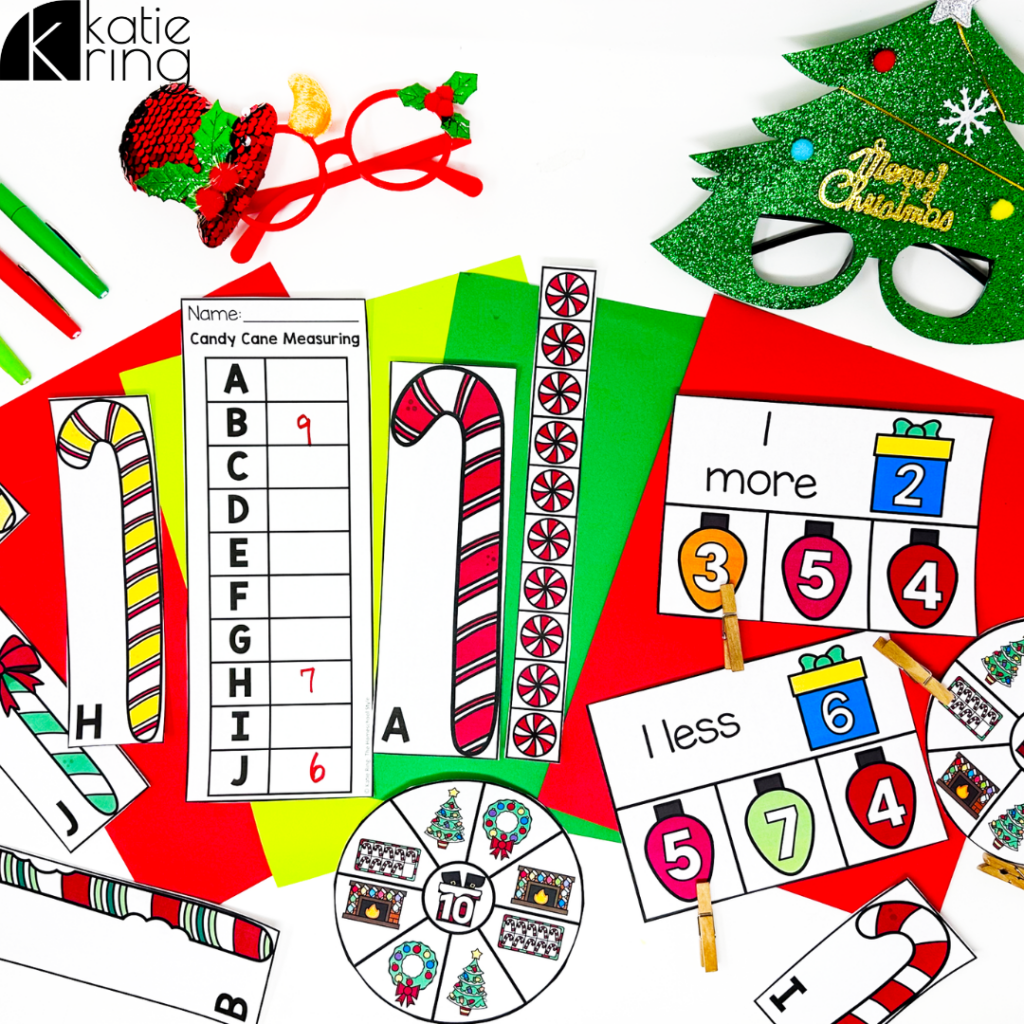
In my mind, “center time” means that children will be actively participating in games, small groups, and hands-on learning activities. Each center or station usually features one activity that is designed to practice or review a previously taught skill or concept. Students will work on the activity for a set amount of time and then rotate to a new activity. In the classroom, each rotation is approximately 15-20 minutes long – but the time can be adjusted to meet the needs of your students.
During center time, students are usually working with a small group of peers, a partner, or individually and without direct instruction from the teacher. The teacher is often facilitating small group instruction during this time. Engaging and independent center activities make this small group instruction possible.
Using Centers in Your Homeschool
In a homeschool setting, center time might mean your children engage in playing learning games together or complete independent work. But don’t underestimate the power of hands-on learning activities too. Center activities that give your kids the opportunity to practice skills are an important part of the learning process. And. . . if you are homeschooling multiple kids then you already know the importance of them working independently so that you have time to check-in or work with each on their own.
Homeschooling center time could look similar to classroom time. You might feature 1-3 games or activities that can be completed without direct help. If there is no definite end to an activity then using a timer is very helpful. You can also weave in some of those daily lessons that don’t require your help, like handwriting.
No matter what type of setting you’re in – one thing is clear… center time should be FUN and independent! Students should be excited about center time because it means that it’s an opportunity for hands-on learning through games and other engaging activities.
What is the Purpose of Classroom Learning Centers?
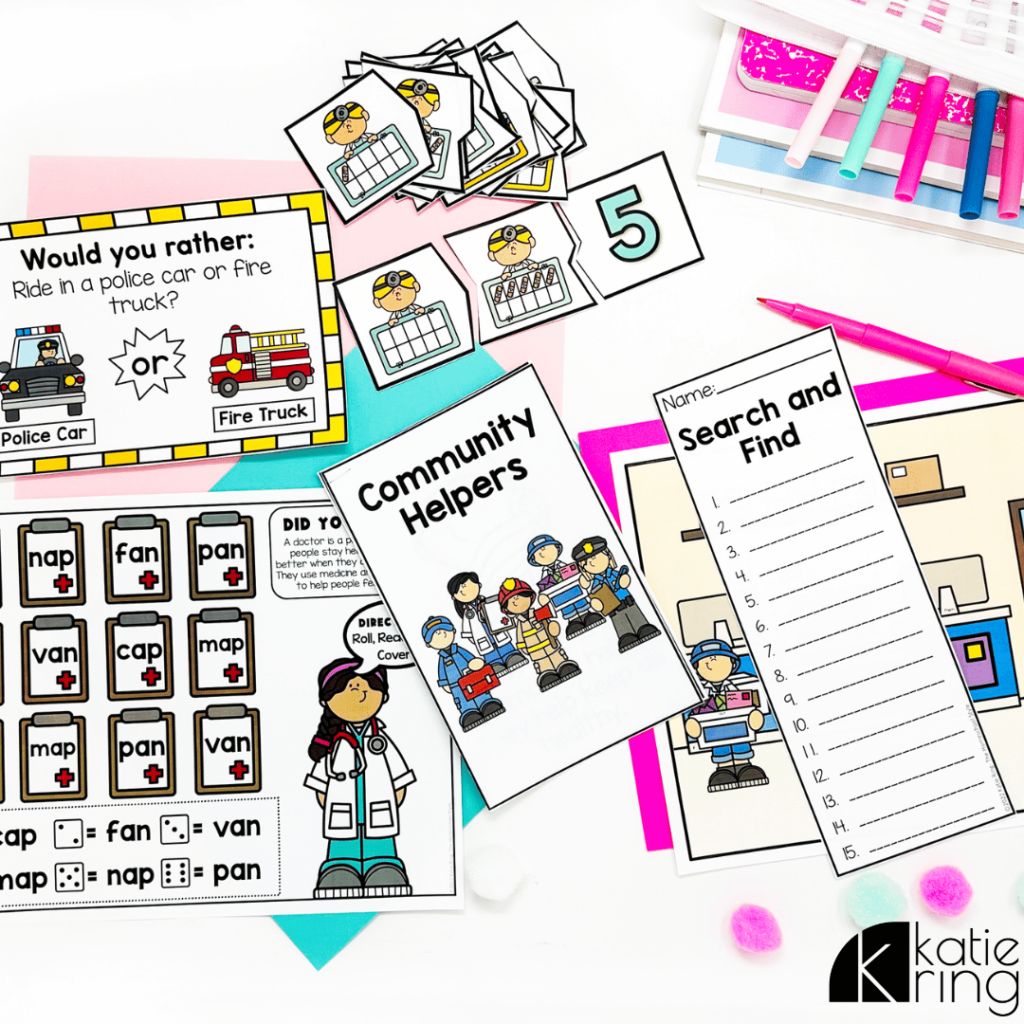
Centers offer multiple benefits aside from being fun for students! Here are some of the primary reasons to include them in your lesson plan:
- Foster independence
- Teach classroom routines
- Offer dedicated skills practice
- Help students learn to work with others
- Give teachers a chance to work in small groups
Think of centers as a way to mix things up in the classroom and practice important skills in a fun way. They offer a fun way to practice topics that require repetition such as math facts, sight words, phonics skills, and more! And. . . centers give students time to take what they have learned and start using it in a low-stress situation. This practice time allows students to assimilate what was learned through direct instruction in a way that leads to mastery of skills and concepts.
How Do You Plan For Center Time?
Center time should be well-prepped and thoughtfully crafted for success. By being intentional about what games and activities to include in your classroom learning centers, you can help ensure your students are getting the practice they need when they need it. Here are a few things to keep in mind as you plan your own center time.
1. Choose Previously Taught Skills
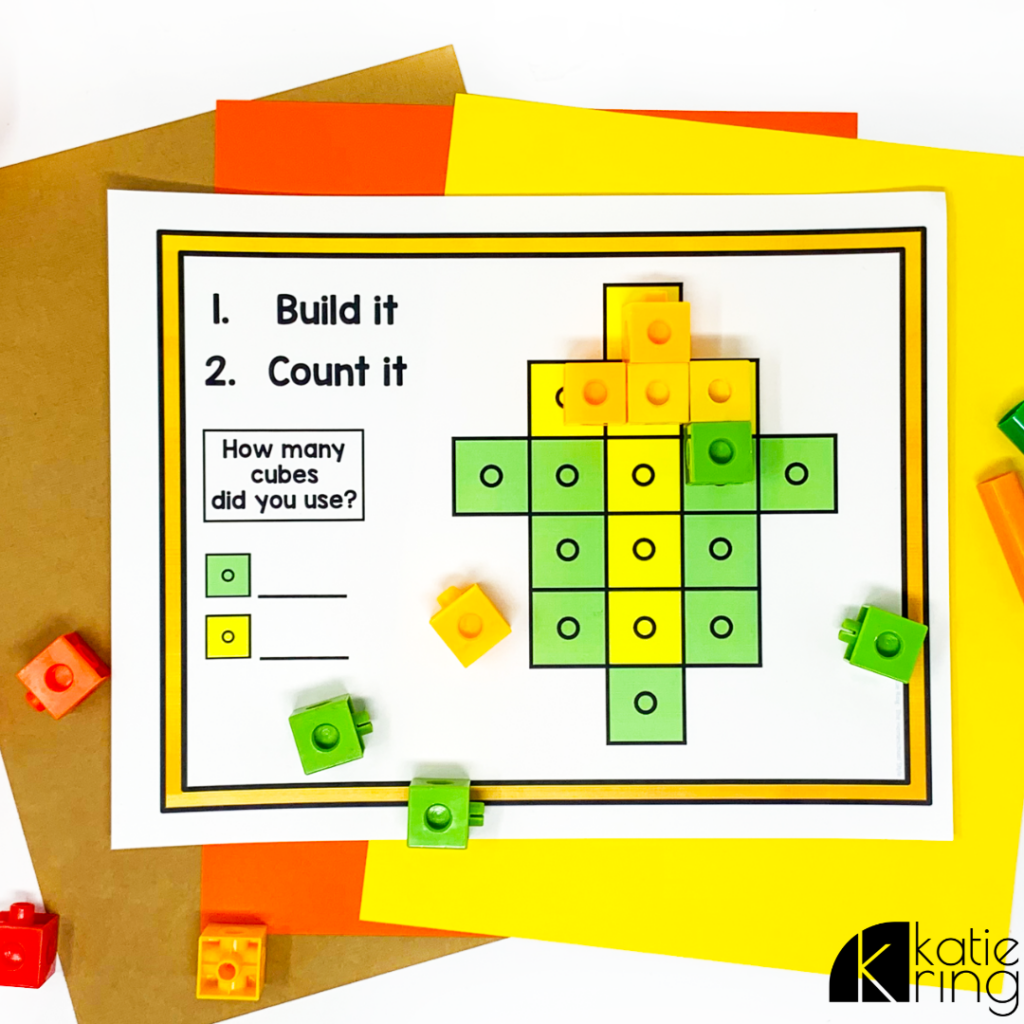
Since students are going to be working in pairs, or independently and without your direct interaction, it’s important to choose activities that are based on skills your students are familiar with.
The idea behind center time is to encourage practice and work toward mastery. This is only possible if you have already taught the subject that students will be working on.
So, when choosing activities make sure to select ones that your students have been exposed to more than once.
This is especially true for our younger students in the primary grades!
2. Select Themed and Seasonal Activities
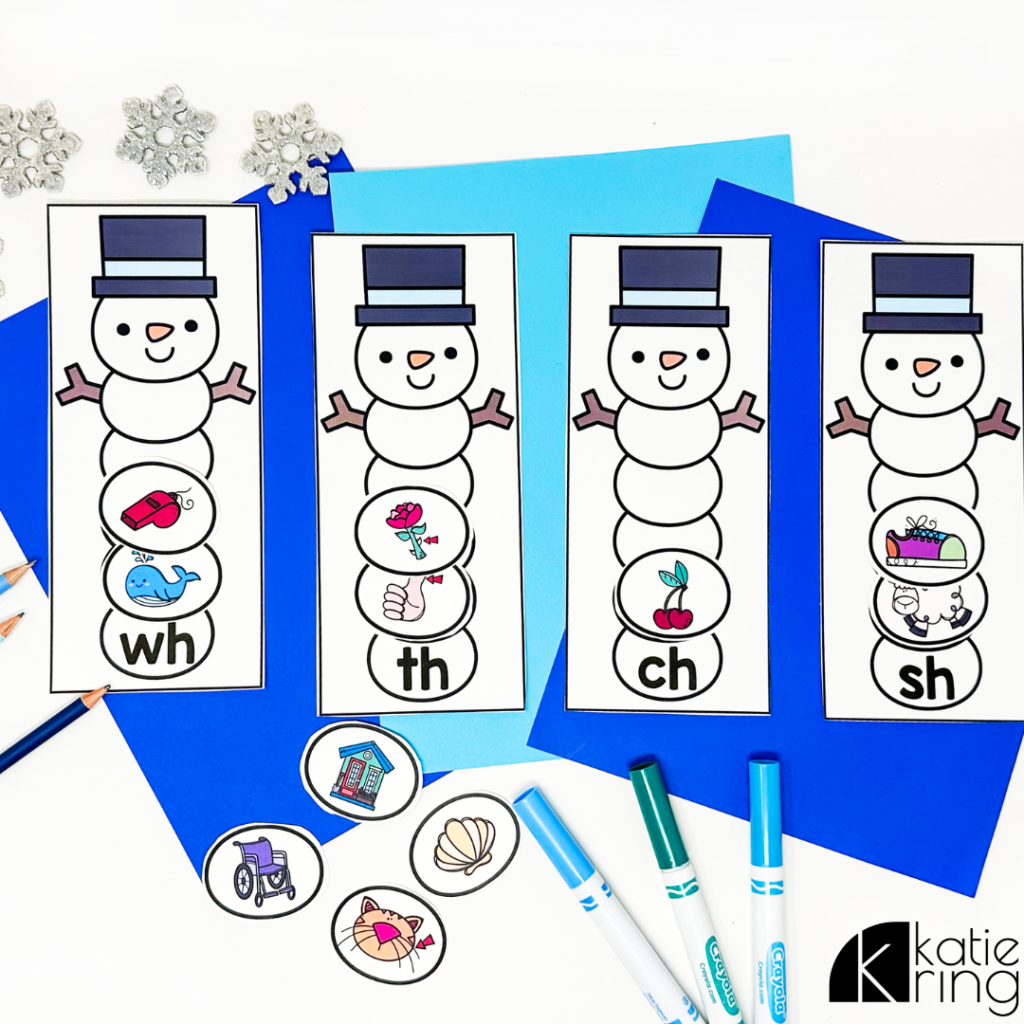
To keep your classroom learning centers feeling fresh and appealing to students, you’ll want to make sure that you’re adding a bit of “wow factor” in some way.
In my classroom, this means using holiday and seasonal resources each month.
I like to choose a specific theme and carry it through all of our center activities. This helps to make them feel a little bit more exciting and fun for students, even if it’s a skill we’ve already worked on before.
3. Teach Routines and Expectations for Classroom Learning Centers
Since students will be working independently during center time, it’s important to consider how you’d like them to run and teach students rules and expectations before starting.
Without instructions on how to rotate to each center, how to clean up materials, and how to interact with partners, center time can easily turn to chaos.
Avoid this mishap by talking with students and practicing before adding an independent center rotation time to your schedule.
What Subjects Can I Teach with Centers?
This is such a great question and the answer is… all of them! Yes, you heard that right! Once your students get the hang of centers, you’ll be able to use them for just about any skill and topic you can think of. In fact, the more variety you have in your centers, the more likely it will be that you’ll be able to keep engagement high during center time and help students stay on task. Here are a few great examples of classroom learning centers in action:
Back to School Math Centers
In my Back to School Centers and Activities Resource, you’ll find tons of options for math, literacy, writing, and more. One of my favorites from this unit is the “Count and Clip Cards”.
In this activity, students will use clothespins to clip the correct number that’s missing from the sequence. This is such a great activity for little learners who need to strengthen their hand muscles, while also getting plenty of practice with counting on too!
Another fun math activity from this unit is the building mats. Students will identify which cards are needed to build numbers 1-10.
These are perfect to use in small groups first as an “informal assessment” of where your students are at with this skill at the beginning of the year.
Nocturnal and Diurnal Animal Sort
Looking for a way to incorporate science into center time?
My Bats and Spiders Centers and Activities resource is filled with fun activities that are perfect for classroom learning centers.
For example, inside the resource, you’ll find a sorting activity for students to separate animals into categories of nocturnal and diurnal.
I like to read a few books on this topic before we start sorting to give them a bit of reference on nocturnal and diurnal animals.
Once students are done sorting, they will record their answers on a worksheet to sneak in some writing practice too!
Christmas Writing Centers
Speaking of writing, I am always looking for new ways to target letter formation and to help students learn new vocabulary words.
If you’re looking to do the same, give labeling activities a try!
Worksheets like this Santa labeling activity from my Christmas Centers Unit are a great way to encourage some writing during center time.
This activity also doubles as inspiration for a holiday story after students have filled in all of the spaces!
Spring Digraph Sorting
Last on my list of examples is this fun phonics sorting activity from my Spring Centers.
Students will select a card, say the word, and then sort it into the correct category.
This game is one I like to introduce during small groups. It helps me to see how students are doing on this skill. Once we have played in small groups, I move it into the center activities rotation for students to work on independently.
Use it as a warm-up to help your students spot the differences among digraphs and practice new phonemes. This type of informal assessment can help you spot learning gaps that need to be targeted.
Once students have practiced a few times with your supervision, repurpose this activity for independent practice or as a partner game.
Using Classroom Learning Centers to Facilitate 1:1 Support
I would be remiss if I didn’t mention my favorite reason to use classroom learning centers. Not only will students get meaningful, engaging practice with important skills, but they will also help you become a better teacher! If you’re a classroom teacher with a full roster or a homeschooling parent with multiple children, centers will be your best friend! How you ask?
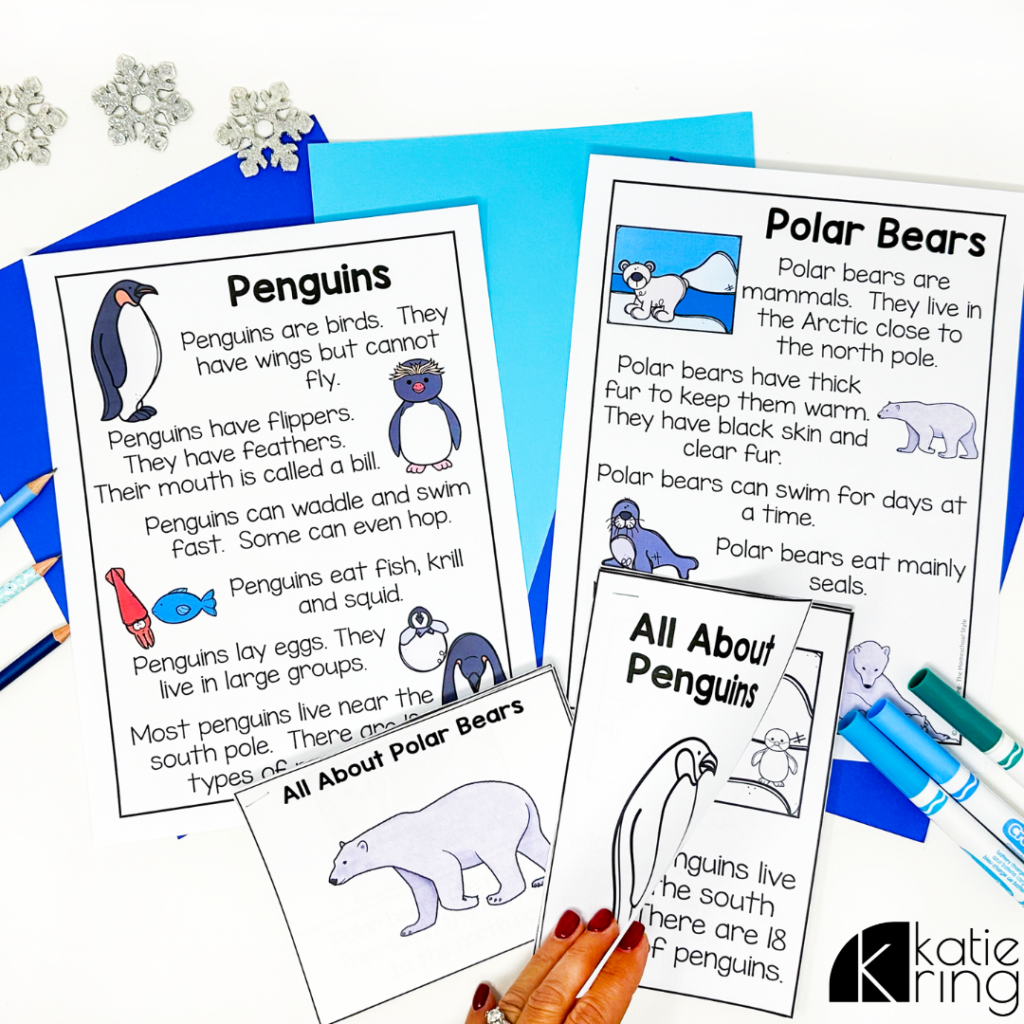
Well, centers will offer an opportunity for you to set up most of your students with games and activities and then take a small group or even just one child aside for some 1:1 attention.
During this time you can conduct guided reading, intervention, assessment, or just spend some quality time learning with your students!
You can even tie this into your center activities too! For example, if your students are working on winter-themed center activities, use this time to read non-fiction passages about penguins or other polar animals to weave your lesson plan together! This time is valuable in the classroom, and teaching your students to work independently in centers has such a big payoff!
Using Classroom Learning Centers All Year Long
Once you and your students fall into a routine with center time, I know you’ll see the huge benefits to learning. They’ll help with classroom management, keeping lessons fun, and allowing for dedicated time for small groups – what’s not to love?! And once you’re in the routine, I know you’ll want to use centers all year long.
Try it Out for Free!
Try this approach to center time with these FREE Winter Center Activities. I’ve pulled out my penguin center activities from the Winter Centers resource so I can share them with you. It’s one thing to read about a new idea but another to try it out in your classroom. That’s what I want you to do! So grab the Free Penguin Centers and give them a try.
Centers for the Entire Year!
And. . . If this sounds like a great addition to your room, be sure to check out my Year Long Centers and Activities Bundle! This HUGE bundle comes with resources for the whole year! Just imagine having themed center activities for the entire year done!
You’ll find math, literacy, and writing centers as well as science, social studies, reading, crafts, and more! These thematic resources will make planning center time a breeze and keep those kiddos engaged in learning!
Save These Classroom Learning Centers Tips and Ideas
Save this post on Pinterest to keep these ideas for classroom learning centers handy!
